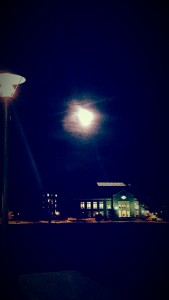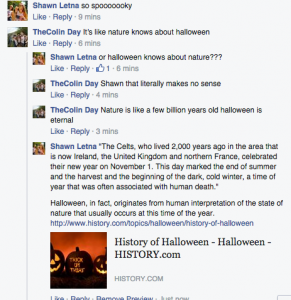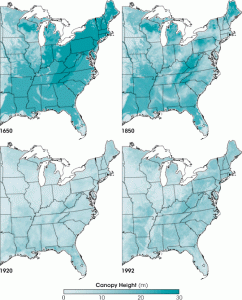“What is a country without rabbits and partridges? They are among the most simple and indigenous animal products; ancient and venerable families known to antiquity as to modern times; of the very hue and substance of Nature, nearest allied to leaves and to the ground, – and to one another; it is either winged or it is legged” (Thoreau, 305).
“Beaver dams create swamps, or wetlands, which are beneficial to countless other species of fauna and flora. These wetlands are lodes of species diversity, the “rain forests of the North.” By chewing down trees and maintaining their dams to keep the water level behind them fairly constant, beavers slow moving water, allowing sediments in it to fall out to create rich layers of soil and, eventually, broad lowland meadows that serve as breaks from the surrounding forest. Beaver dams filter pollutants, help control seasonal flooding, and reduce erosion” (Sterba, 64).
“As the tundra warmed, seeds of woody plants invaded from the south (so did mammals, including man) and within a few centuries – a mere snap of the fingers in geologic time – a vast forest appeared” (Sterba, 65).
“The state’s beaver population had grown to an estimated eighteen to twenty thousand, and although damage complaints hadn’t grown to levels deemed unacceptable, wildlife officials believed that the beaver population’s social carrying capacity was near. In contrast, biological carrying capacity means the point at which the beaver population (or any other species) reaches the limit of food and other resources that its habitat can sustain. Its adjunct, ecological carrying capacity, is the point beyond which a species adversely affects its habitat and the flora and other fauna within it. Social carrying capacity is more subjective. The phrase was coined to designate the point at which problems or damage caused by a wild population outweigh its benefits in the public mind” (Sterba, 75).

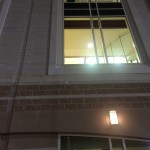
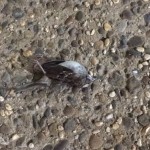 After seeing this in real life it really stuck with me how awful this trend is. This seems like something that we can really fix, who cares about our campus architecture?!? There are birds dying out their because of our selfish actions!!!
After seeing this in real life it really stuck with me how awful this trend is. This seems like something that we can really fix, who cares about our campus architecture?!? There are birds dying out their because of our selfish actions!!!
